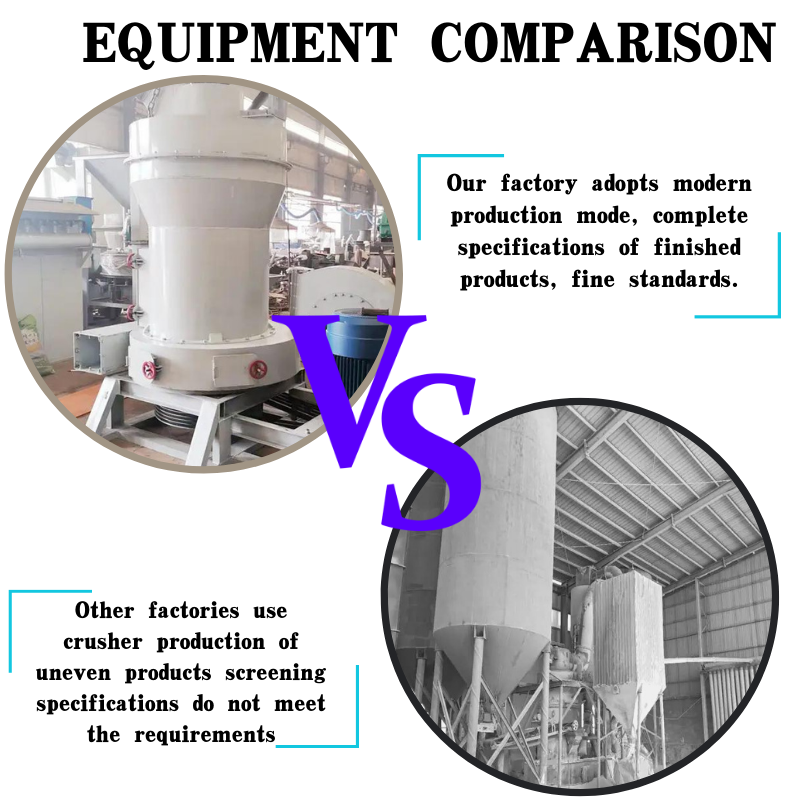
synthetic yellow oxide
The Versatility and Applications of Synthetic Yellow Oxide
Synthetic yellow oxide, a vibrant and stable pigment, has garnered significant attention in various industries due to its unique properties and versatility. This synthetic compound, also known as iron oxide yellow (CAS Number 51274-00-1), is primarily composed of iron oxide pigments created through chemical processes that generate a rich yellow color. The manufacturing of synthetic yellow oxide allows for a consistent quality and hue, making it a preferred choice for many applications.
Production Process
The production of synthetic yellow oxide involves the precipitation of iron salts through oxidation and calcination. This process not only enhances the color stability but also ensures that the pigment is free from impurities often found in natural sources. The controlled conditions during production result in a fine particle size, high opacity, and excellent weather resistance. Synthetic yellow oxide is noted for its lightfastness, which means it does not fade when exposed to UV light, making it particularly valuable for outdoor applications.
Applications in Various Fields
1. Paints and Coatings One of the primary uses of synthetic yellow oxide is in the production of paints and coatings. Its excellent hiding power and brightness enhance the aesthetic appeal of a wide range of surfaces. The paint industry employs this pigment in both interior and exterior applications, where durability and stability are essential. Synthetic yellow oxide is especially popular in decorative paints, where vibrant colors are desired.
2. Plastics and Polymers In the plastic industry, synthetic yellow oxide is used to impart color to various plastic products. Its compatibility with a wide range of polymers without affecting their physical properties makes it an ideal choice for coloring plastics used in consumer goods, automotive parts, and construction materials. This pigment is particularly advantageous in applications requiring colorfastness and stability over time.
synthetic yellow oxide

3. Construction Materials The construction sector utilizes synthetic yellow oxide in the coloring of concrete and masonry products. The ability of this pigment to withstand harsh environmental conditions without degrading its color quality makes it suitable for applications such as paving stones, tiles, and bricks. Additionally, it provides an aesthetically pleasing finish to buildings and public works.
4. Cosmetics and Personal Care Another notable application of synthetic yellow oxide is in the cosmetics and personal care industry. Its use in products such as foundations, eyeshadows, and blushers can be attributed to its non-toxic nature and skin compatibility. Consumers increasingly seek cosmetics with natural-looking hues, making synthetic yellow oxide a popular choice for achieving flattering skin tones.
5. Art and Craft Supplies Artists and crafters also appreciate synthetic yellow oxide for its rich color quality and permanence. Various art supplies, including acrylic paints, oil paints, and pastels, incorporate this pigment for its ease of blending and reliable color reproduction. Given its stable properties, artists can create works that maintain their vibrancy over time.
Environmental and Safety Considerations
One of the advantages of synthetic yellow oxide is its environmentally friendly profile. Unlike some synthetic dyes and pigments, synthetic yellow oxide is considered safe for various applications, including those in food contact materials. Its non-toxic nature contributes to its growing popularity in consumer products. Manufacturers today are particularly focused on producing pigments that minimize environmental impact, and synthetic yellow oxide aligns well with these efforts.
Conclusion
Synthetic yellow oxide stands out as a remarkable pigment celebrated for its versatility and exceptional attributes. Its applications across multiple industries underscore its importance, whether in enhancing the aesthetic appeal of products, ensuring durability and stability, or providing safety in everyday items. As industries continue to prioritize sustainable and safe materials, synthetic yellow oxide is likely to maintain its integral role in modern manufacturing. With ongoing innovations and a growing demand, this vibrant pigment will undoubtedly remain a staple in the formulation of products that color our world.
Share
-
Fly Ash Solutions Enhanced by GPT-4 Turbo | Sustainable InnovationNewsAug.01,2025
-
Natural Premium Bentonite Cat Litter - Superior ClumpingNewsJul.31,2025
-
Premium Resin Coated Sand - High Heat Resistance CastingNewsJul.31,2025
-
High Quality Silicon Carbide Grit for Abrasive ApplicationsNewsJul.30,2025
-
High-Quality Ceramsite for Plants & Gardening | Lightweight PebblesNewsJul.29,2025
-
Premium Burgundy Glass Marbles for Vases & Shooter GamesNewsJul.29,2025






